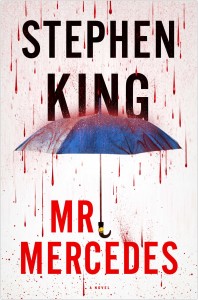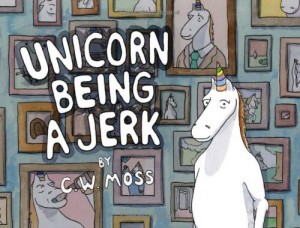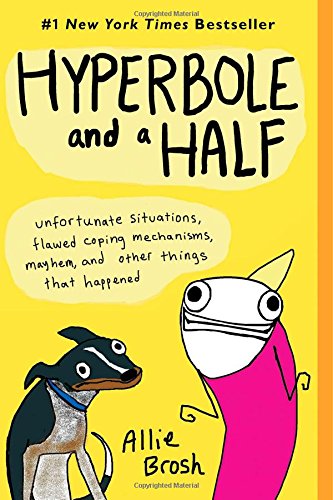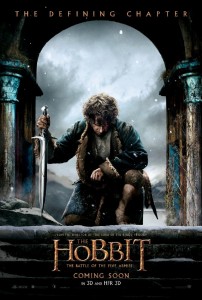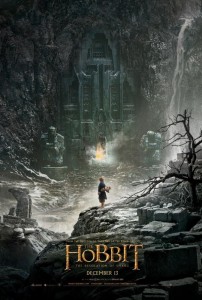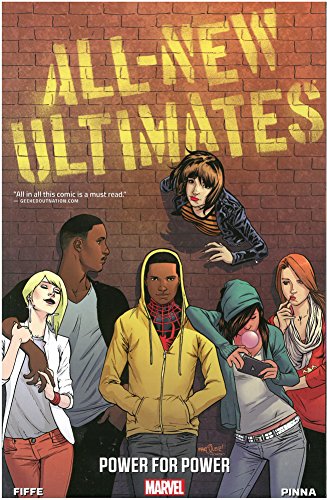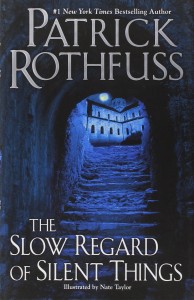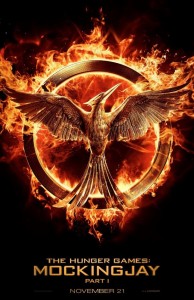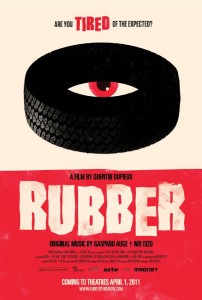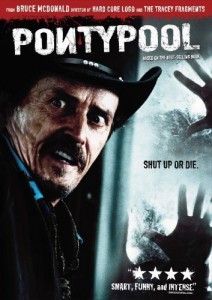 How to write a review of something that you’d prefer to say literally nothing about, and in fact regret having put genre tags down for? It’s a tricky conundrum, is what. Well, that’s not fair. It’d be very, very easy if I didn’t care whether you watched it, but the truth is that you should, because it’s a very intriguing premise and execution.
How to write a review of something that you’d prefer to say literally nothing about, and in fact regret having put genre tags down for? It’s a tricky conundrum, is what. Well, that’s not fair. It’d be very, very easy if I didn’t care whether you watched it, but the truth is that you should, because it’s a very intriguing premise and execution.
Pontypool is, aside from being a movie, a very small town in Ontario. I know this because about twenty minutes into the movie, I looked it up out of curiousity. From my ability to extrapolate Google Maps into the real world, it should have maybe one stop light that goes to flashing after sundown. Four square blocks? Big enough to have a radio station, which is relevant in that the entire course of action occurs in the local AM station, where smooth-voiced news host Grant Mazzy, um, reads and hosts the news on the morning after he has an inexplicable encounter on a foggy road during his commute. For the rest… I want to say nothing, but I can’t justify saying nothing, so I’m going to quote the opening paragraph of the movie, which is Grant broadcasting on a day recently prior to the day the movie takes place. If you can dig the quote, I reckon you will dig the movie.
Mrs. French’s cat is missing. The signs are posted all over town. “Have you seen Honey?” We’ve all seen the posters, but nobody has seen Honey the cat. Nobody. Until last Thursday morning, when Miss Colette Piscine swerved her car to miss Honey the cat as she drove across a bridge. Well this bridge, now slightly damaged, is a bit of a local treasure and even has its own fancy name; Pont de Flaque. Now Collette, that sounds like Culotte. That’s Panty in French. And Piscine means Pool. Panty pool. Flaque also means pool in French, so Colete Piscine, in French Panty Pool, drives over the Pont de Flaque, the Pont de Pool if you will, to avoid hitting Mrs. French’s cat that has been missing in Pontypool. Pontypool. Pontypool. Panty pool. Pont de Flaque. What does it mean? Well, Norman Mailer, he had an interesting theory that he used to explain the strange coincidences in the aftermath of the JFK assasination. In the wake of huge events, after them and before them, physical details they spasm for a moment; they sort of unlock and when they come back into focus they suddenly coincide in a weird way. Street names and birthdates and middle names, all kind of superfluous things appear related to each other. It’s a ripple effect. So, what does it mean? Well… it means something’s going to happen. Something big. But then, something’s always about to happen.
